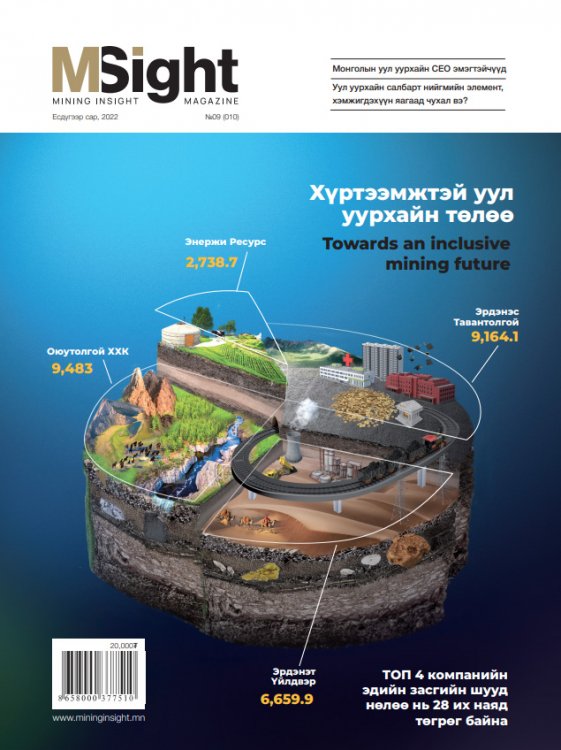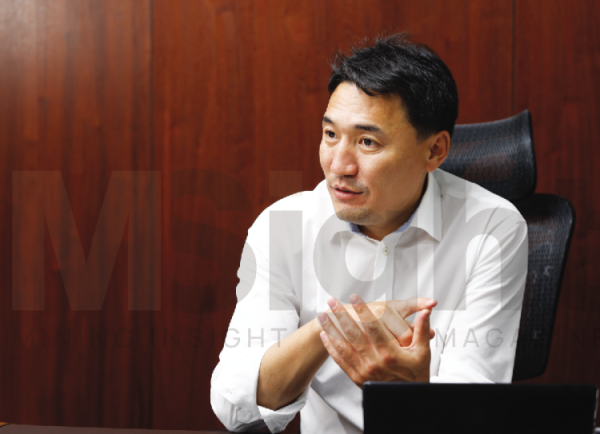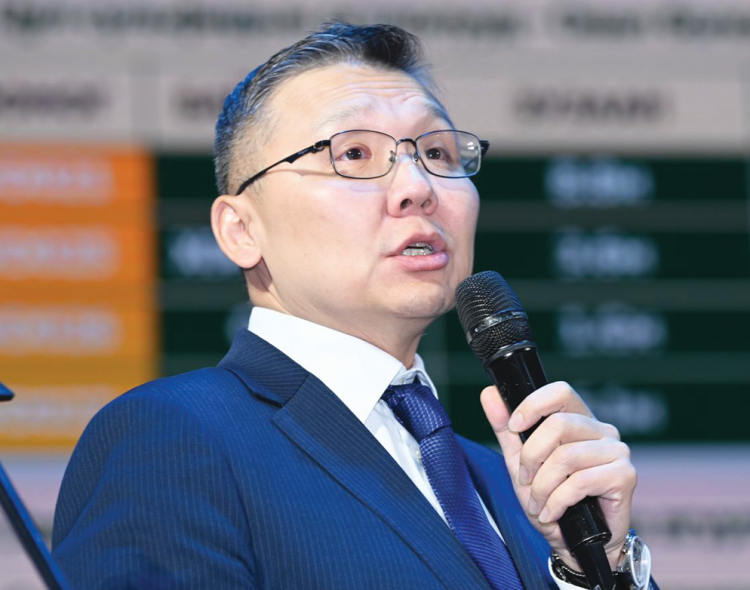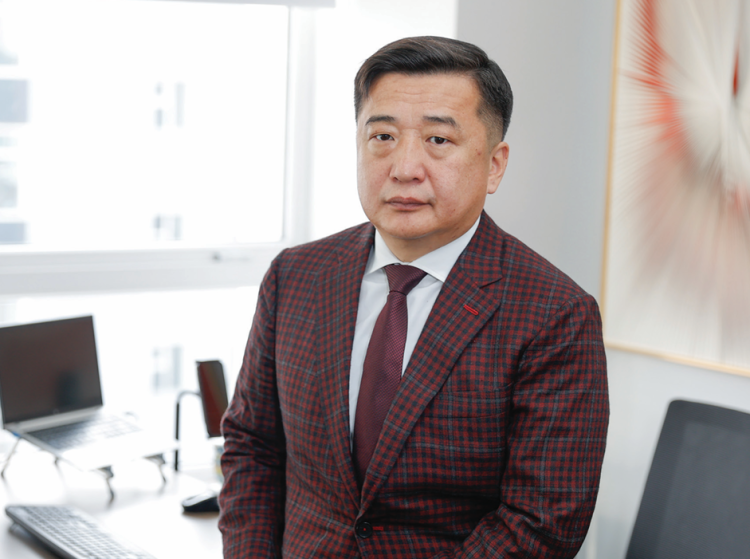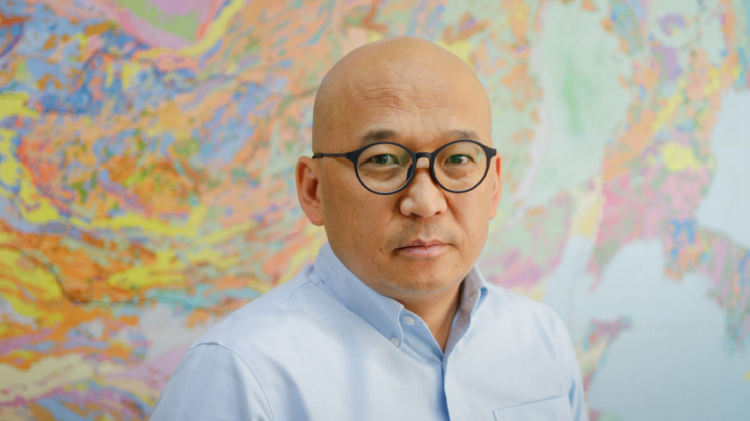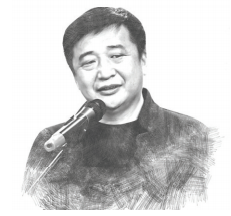 DAGVA.M Founder and CEO of QMC GROUP
DAGVA.M Founder and CEO of QMC GROUPRACE FOR UPPER SEATS...
From the Middle Ages, and perhaps even from the beginning of history to the mid-1800s, less than 5% of the world’s total production was sold across borders. During the first wave of globalization spurred by the Industrial Revolution, the figure reached 30% around 1910, before falling back to 10% due to the Great Depression and the second world war. The second wave of globalization began in the 1950s, and around 2010, cross-border trade reached 60% of the global GDP.
Globalization has created a world where almost all minerals are processed in China. Chile, which produces 30% of the world’s copper, had not built a new copper smelter since 1980.
I heard about it in 2017 when I visited the country, during which I paid a visit to a plant in the Atacama Desert that was temporarily closed due to an accident. Our country’s mining sector, which has had an export income of USD 6 billion in the past 30 years, is based on the second wave of globalization and is structured toward China. The trade war between superpowers, COVID-19, and the Russia-Ukraine war has caused major disruptions in the global supply chains, and terms, such as “re-shore” and “friend-shore”, are trending. When I was taking part in the “Future Minerals Forum” held in Saudi Arabia last January, I heard of one of the “friendshores” discussions regarding the possibility of supplying minerals from the Arabian Peninsula, North Africa, and Central Asian countries processed in Saudi Arabia to Europe and the United States. Also, while I was participating in the PDAC meeting in Toronto, Canada last June, countries led by the United States (Australia, Canada, Finland, France, Germany, Japan, South Korea, Sweden, the United Kingdom, and the European Commission) announced the Mineral Security Partnership, an initiative to strengthen the supply chain of important minerals. As part of this initiative, German Chancellor Olaf Scholz visited Canada last August with his companies Mercedes Benz and Volkswagen, and signed a memorandum of understanding on the supply of important minerals as raw materials for battery production. A bi-pillared or even a tri-pillared world awaits us, realizing it and reshaping our mining industry in harmony with the policies of our two neighbors and third neighbors.
TURMOIL AMONG THE LOWER SEATS…
“People do not side with mining operations without reason. No matter what the miners do, there are local opposition and purpose-driven groups. No miner ever succeeded in logically explaining how the cars they ride and the wires they hold are made from mining products,” I heard from a person with years of mining experience in many countries. Although the development of the last 30 years has shown the economic importance of the mining sector in Mongolia, it has created many doubts in society. Good and bad come together to fill the tank. Mongolia’s mining “pot” has both good and bad elements in terms of both Mongolian and international standards. Some projects comply with the requirements and standards set by organizations such as the International Finance Corporation regarding environmental and social issues during the stages of construction, mining operations, and completion. There are also managers and experts who learn from them and copy them and introduce them to other projects. There are also community organizations that are working hard to make it an industry-wide norm. It’s progressing little by little. If we continue at this rate, maybe in ten to twenty years, Mongolia’s mining sector will be accepted to a certain extent by all Mongolian people. Just maybe. Until that “good time” comes, when the good in the “pot” outweighs the bad, and the good people are more visible, the public will continue to vote for and elect politicians who have made populist promises against mining, and refrain from publicly expressing their dislike or support for the mining industry. I realized that it will be very difficult to make government regulations to improve the mining sector if decision-makers are still dominated by evasive politicians. Reforms in our industry may take a long time and pass many tests. It seems that it will take a long time to find a solution. But we now have a reason to rush. In the next 30 years, the world will try to change its energy sources. There may be difficulties along the way, there may be a little backtracking, and maybe it will be delayed for 40 years rather than 30 years. But the energy source will surely change. New types of power will require a lot of rare earth elements, uranium, and silicon. The need to renew and build new energy transmission and distribution infrastructure will grow, and the need for copper and aluminum will rise significantly. A new type of energy had to be stored. The demand for lithium, nickel, cobalt, graphite, manganese, vanadium, titanium, platinum, chromium, and some types of rare earth elements, as well as zircon, is surging rapidly. In the mining sector, it is widely known it takes 3-10 years of exploration and determination of reserves for mining exploitation to start, which continues for a similar duration. Therefore, in the last 3-4 years, interest in searching for the above-mentioned elements has increased, and exploration investment has grown internationally. Top mining companies are preparing themselves for the energy transition by buying more important mineral projects, and according to research organizations, in 2021 alone, the purchase of such mineral projects has doubled compared to 2020.

To reduce the emission of greenhouse gases, in regions and countries where important mineral projects are concentrated, certain stages of the next stage of mining production and processing have also begun. To summarize, a new ecosystem is beginning to form around us today, from mining to clean energy production, which will probably take shape around 2030. The fear of being left out of the process creates a sense of urgency. If our country, which has a high mineral potential, can become a part of this new ecosystem, we will attract a sufficient amount of investment in the next one to two years, and I would like politicians to see that there is an opportunity to rapidly develop other sectors of the economy in addition to mining. Unfortunately, the mineral industry has become the most difficult sector for a politician who wants to “do something”. There are one too many problems that were merely brushed off for the last 10 years. Countries with natural resources can be divided into two categories: 1) those that have turned their wealth into development and created many economic sectors based on those resources, and 2) those that are unable to look beyond their natural resources and become increasingly resource-dependent economies. By this criterion, we find ourselves on the second path. If we want to “do something”, we should only go for the first choice, and we should do it with a strong team at the wheel. So, where do we start to untangle? The land dispute between sectors is a persisting problem, especially between the conventional and mining sectors, and it is also evident in our country. The priority remains unclear as the institution that determines such policies is under-disciplined, and the priority at hand should be on laying the foundation. If decisions are not research-backed, it will not be a decent solution, and the research itself will require a large amount of funding that Mongolia’s current budget cannot cover. After finding the funding, the areas with the highest potential for mining and exploration should be determined, after which a national consensus is needed to move forward. The mining operation can then be carried out in those areas under the regional development plan. As such, we need to look at the bigger picture and take steps quickly so that we address our issue at hand in a short time.
Mining Insight Magazine, September 2022



